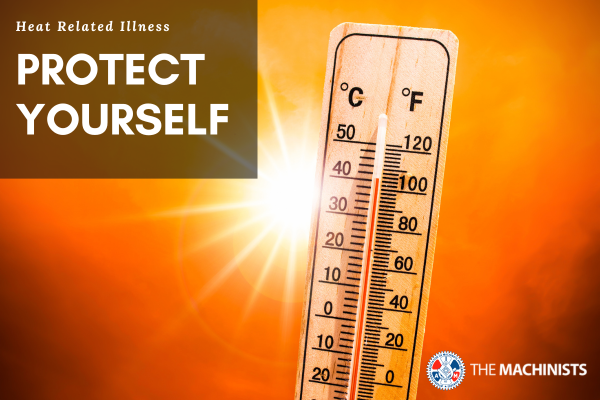
The Occupational Safety and Health Administration (OSHA) issued a heat hazard alert (English and Spanish) in response to record-breaking temperatures putting workers in danger.
The alert reminds employers of their obligation to protect workers against illness and injury from high temperatures in the workplace, whether inside or outdoors.
OSHA has also escalated its enforcement of heat protections in industries where workers are most vulnerable: construction and agriculture.
“Employers must protect workers by reducing and eliminating hazards that expose workers to heat illness or injury,” said Assistant Secretary for Occupational Safety and Health Doug Parker. “State laws that attempt to limit workers’ access to basic heat-illness prevention measures send a dangerous message that employers are not responsible for providing employees with a safe work environment. In fact, that is simply not the case. Regardless of their job or where in the nation they work, workers have the right to a safe and healthy workplace.”
The Department of Labor announced OSHA’s Heat Alert in a press release on Tuesday.
According to the release, OSHA has taken action to protect workers from excessive heat with existing rules by:
- Developing an enforcement initiative on heat-related hazards
- Launching of a National Emphasis Program on heat inspections
- Creating the National Advisory Committee on Occupational Safety and Health’s Heat Injury and Illness Prevention Work Group to understand challenges and share best practices to protect workers
- Launching a Heat Illness Prevention campaign to educate employers and workers on the dangers of working in the heat.
For information on heat illness prevention, please go to OSHA’s website.
IAM Director of Safety and Health Michael Oathout wants workers to know that they have protections and should report violations of their health and safety rights to OSHA.
“Employers are obligated to provide safe work environments,” said Oathout. “We want to remind workers, especially those in high-risk industries, that working in extremely high temperatures can be deadly. We don’t want workers to be scared of taking care of themselves and protecting themselves.”